Barrel Spotlight: One Mash Bill, Two Unique Paths
Welcome back to the Brindiamo Barrel Spotlight, our weekly email series highlighting the barrels, distilleries, and market dynamics shaping today’s...
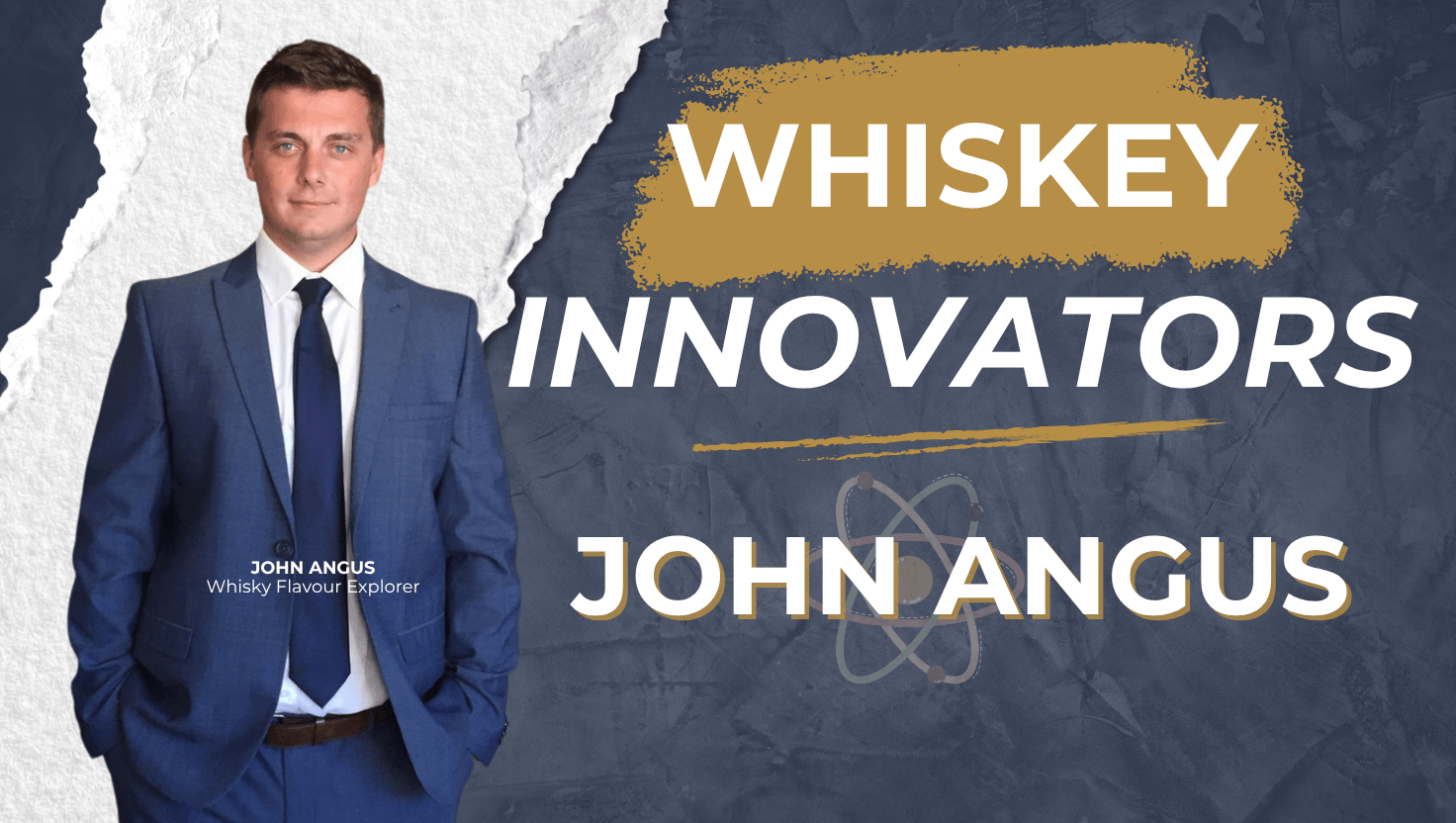
Chemistry, Curiosity, and the Quiet Revolution in Flavor
John Angus approaches whisky like a scientist—because he is one.
With a background in chemistry, distillation, and sustainability, John has spent years unpacking what makes spirits tick. But unlike most technical experts, he isn’t hoarding knowledge—he’s making it visual, digestible, and deeply human.
“I thought I understood spirits,” he says. “But the more I dug in, the more I realised how much there is to learn.”
That curiosity has become the driving force behind The Distilled Edit, his fast-growing newsletter and educational series that’s resonating with distillers, educators, and drinks lovers around the world. In it, John breaks down complex chemical interactions—like ester formation, yeast metabolism, or how molasses flavor compounds behave during fermentation—and makes them feel tangible.
But John’s impact goes beyond good graphics.
Before he was known as a whisky flavour explorer, John was scaling green technologies at the Biorenewables Development Centre in York, optimizing distillation processes, and developing sustainable uses for distillery waste. His R&D work included turning waste into renewable fertilizers, scaling activated carbon materials, and finding ways to reduce inefficiencies across bio-based production systems.
That early career shaped his obsession with efficiency, sustainability, and the often-overlooked “cause and effect” links in flavour development.
He also taught chemistry across the Middle East and the UK, helping students fall in love with science by showing its relevance in daily life. That educator mindset still shines through in how he writes and shares today.
John’s posts consistently come back to a central idea: flavour is not just about what’s in the barrel—it’s built long before that.
Whether he's explaining how steeping activates enzymes in malting, or how yeast adaptation over centuries has shaped modern fermentation profiles, he focuses on what many overlook: the build-up, not just the result.
In a recent breakdown of absinthe, he explored not just the anise and wormwood, but the post-distillation botanical infusions that give absinthe its unique louche and depth.
His style is never academic or preachy. Instead, he invites dialogue:
“What would you experiment with if you were to make an absinthe? More anise? More fennel? Something entirely different?”
John Angus has a rare talent for turning complex chemistry into visuals that are clear, engaging, and immediately useful. Below is a sampling of his work—each graphic breaking down a different part of the spirits-making process.
One explores how steeping and germination in malt production influence enzyme activity and flavour potential. Another illustrates the layered chemistry behind absinthe, connecting botanicals like wormwood and fennel to their distinct molecular contributions. A third highlights how compounds already present in molasses shape the early stages of rum production. The final visual takes a full look at malting—showing how each step, from water uptake to kilning, influences what ends up in the glass.

These aren’t just educational—they’re conversation starters. Whether used in distillery training, whisky clubs, or production meetings, they help bridge the gap between science and story in a way the industry is hungry for.
One of John’s most unique contributions is the way he uses graphics to map out flavour transformations. He’s created clean, clear visual infographics on everything from how different grains shape esters and phenols, to how serving temperature impacts texture and aroma, to what happens in whisky’s first 24 months in barrel.
These tools are now used by educators, master blenders, and brand teams to explain how their whisky is made—not just that it’s made.
He’s also consulted with startups and legacy brands on turning technical language into compelling brand storytelling. For today’s transparency-seeking consumers, this kind of clarity is a brand differentiator.
What makes John a true innovator is not just his knowledge—it’s his humility.
He often ends posts with questions:
“What are you seeing in your fermenters?”
“What’s surprised you most about how yeast behaves?”
“What’s one serving tweak that changed how you experienced a whisky?”
In a category often driven by ego and dogma, John’s approach feels refreshing. He’s not here to be the final word. He’s here to keep asking better questions—and invite others to explore with him.
In an industry known for tradition, John Angus represents a quieter kind of innovation: the kind that makes everyone just a bit smarter, more curious, and more engaged with what’s actually in their glass.
He’s not changing what whisky is. He’s changing how we understand it.

Welcome back to the Brindiamo Barrel Spotlight, our weekly email series highlighting the barrels, distilleries, and market dynamics shaping today’s...
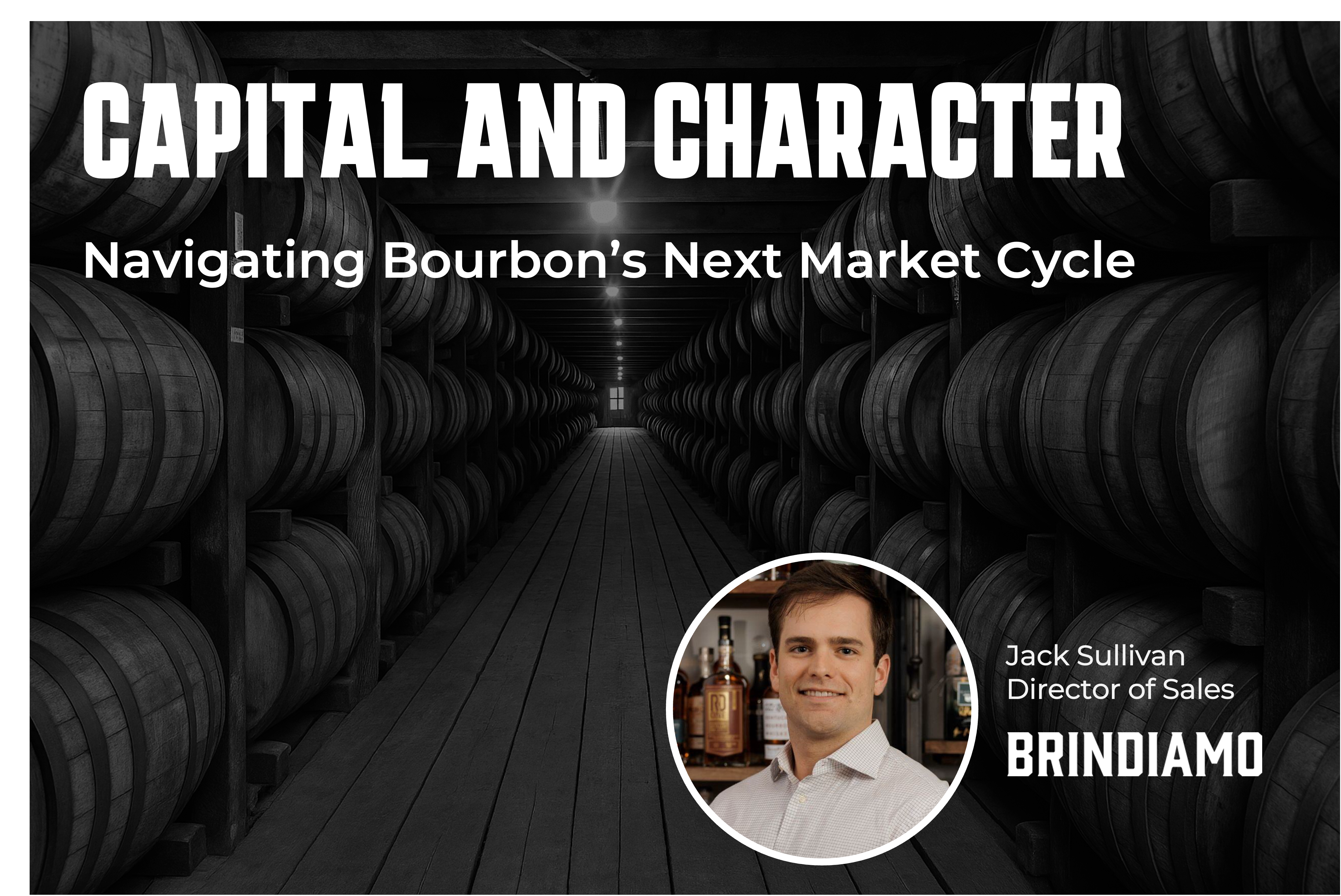
The market for bourbon barrels is bifurcated. Over the course of the last 24 months, the conversation has shifted from how to find whiskey to how to...

Welcome to the Brindiamo Barrel Spotlight, our weekly series celebrating the barrels, distilleries, and market dynamics shaping today’s whiskey...
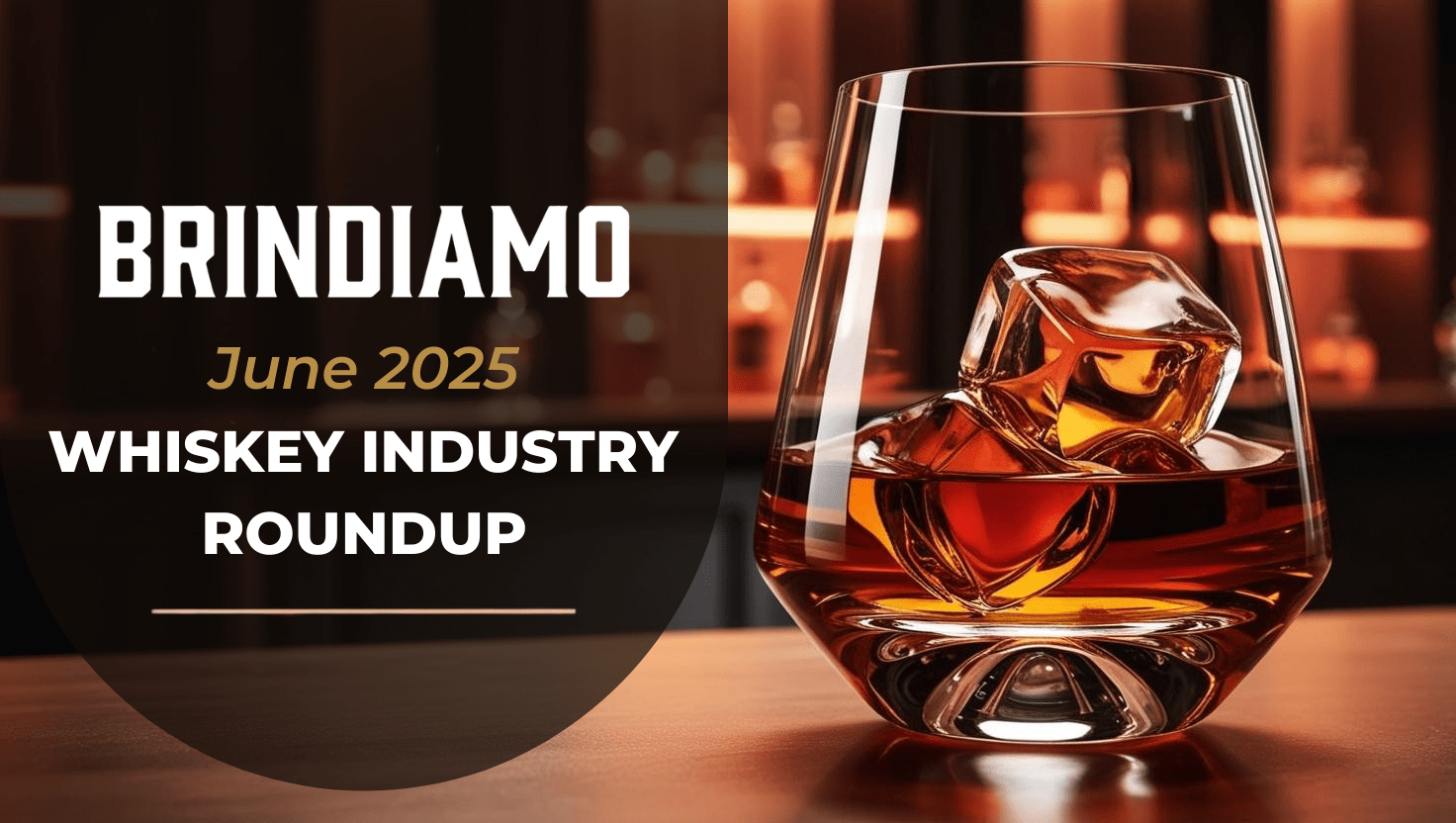
Each month, we dive into the latest insights shaping the whiskey and bourbon industry—sourced directly from Mark Brown’s highly regarded Industry...
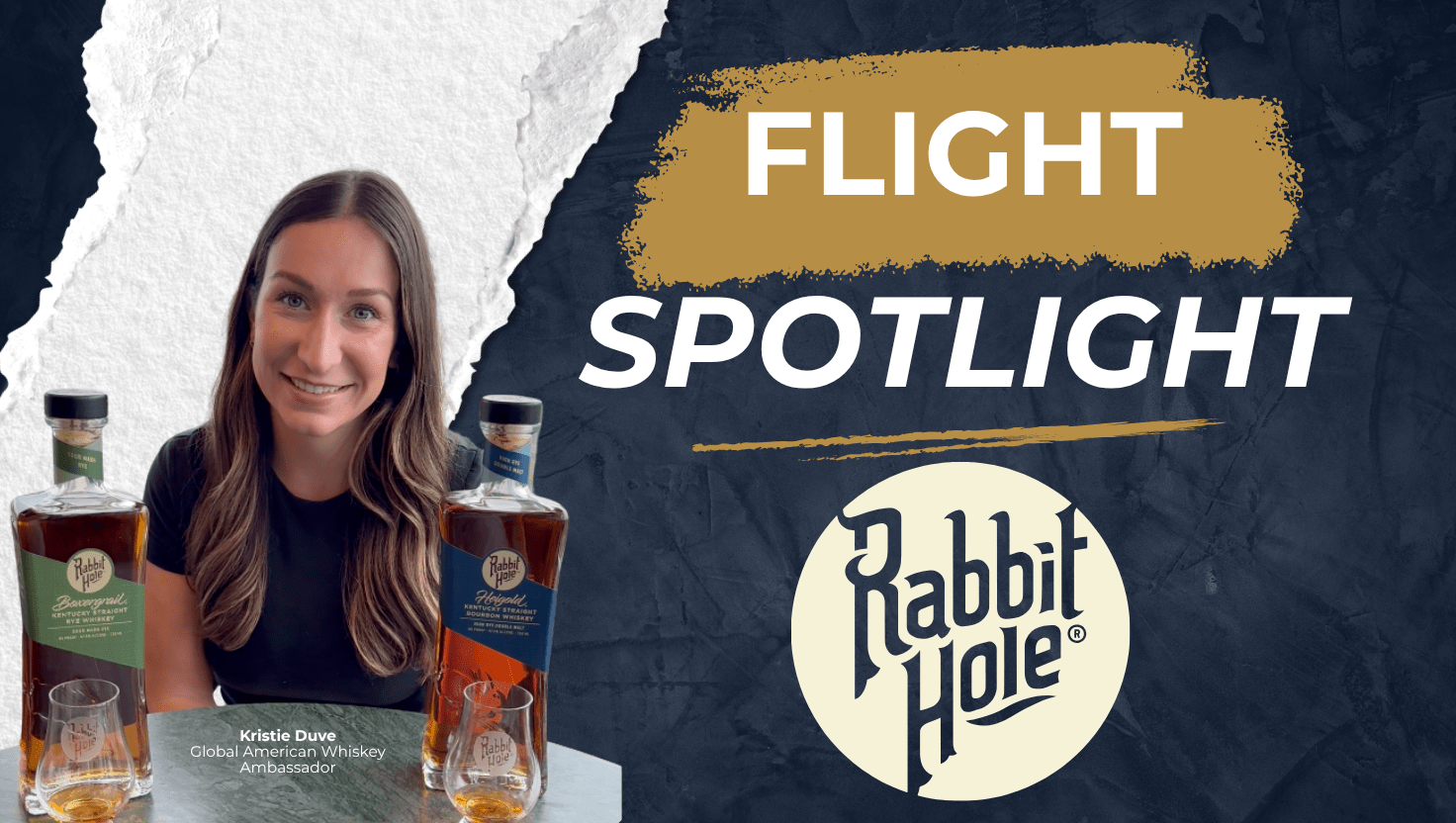
We recently had the pleasure of visiting Rabbit Hole Distillery in Louisville, Kentucky, to film a Flight Spotlight with Kristie Duve, Global...
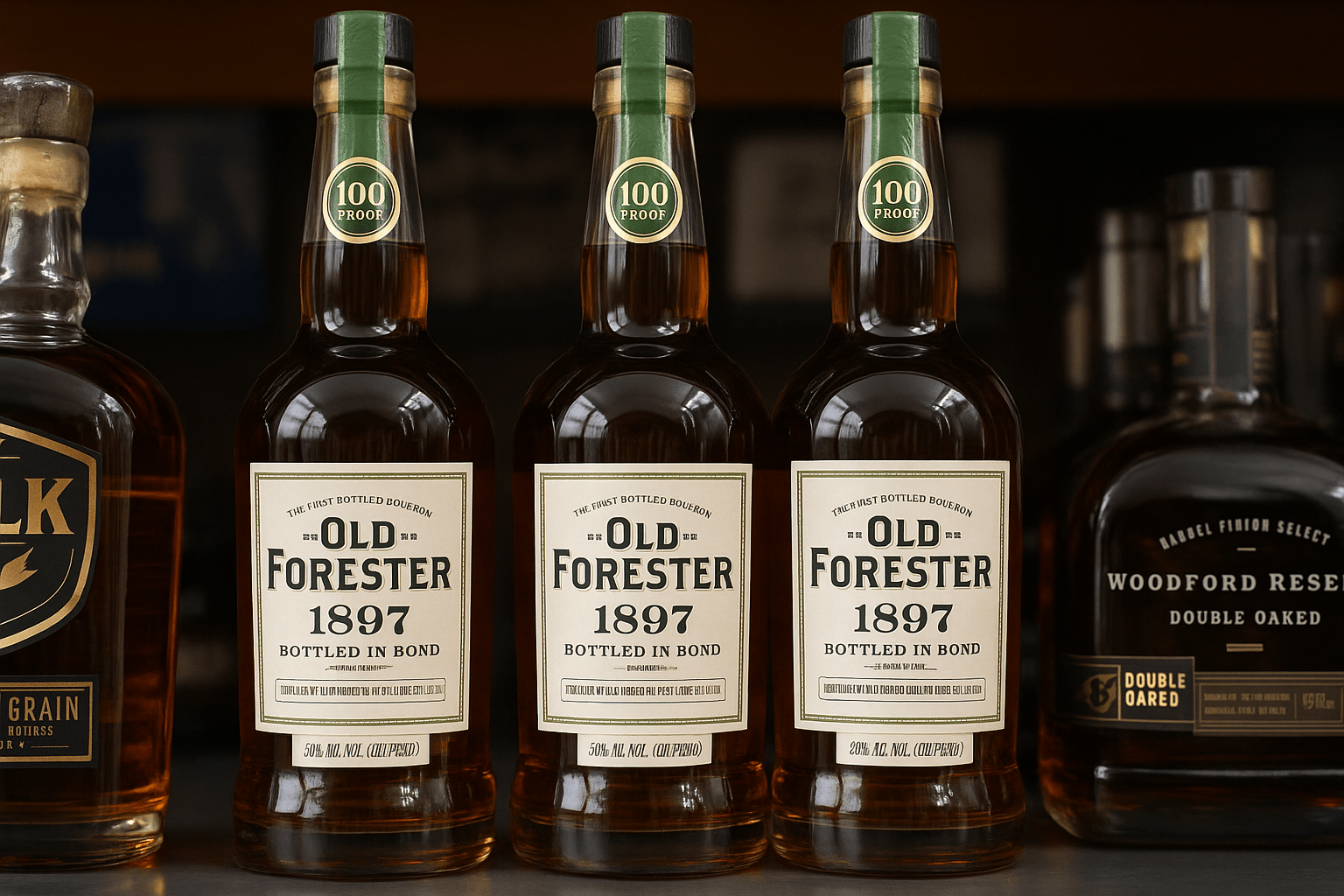
Whiskey has a long, storied history—and it’s full of lessons for today’s entrepreneurs. From its early roots to becoming a globally respected spirit,...
Join the conversation
Leave a comment below.